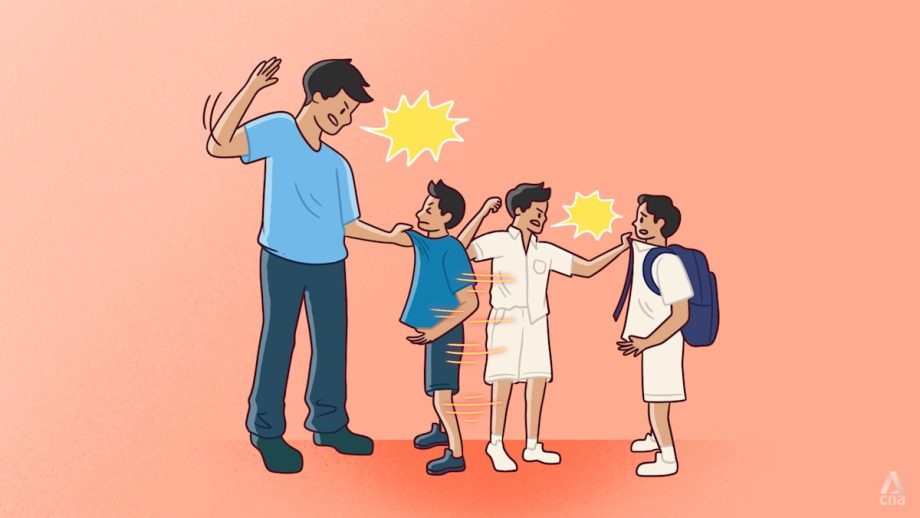Many bullies do not see themselves as perpetrators because their behaviour blends into group culture, explained Dr Ong, the psychologist.
Some may also tell themselves a narrative that makes harmful behaviour acceptable, he added – such as “It’s just a joke”, “They should toughen up”, “Everyone was laughing”.
“Social rewards, like attention, laughter and likes, make it easier to ignore the hurt caused.”
Empathy also becomes much easier to disengage when one perceives a target as different, added Dr Ong, particularly on the basis of their race, ability, religion, gender or body type.
WHEN SELF-DEFENCE GOES TOO FAR
In truth, what seems like harmless fun to one can often come at the expense of another, said Mr Alex – yet another former bullying victim turned bully.






